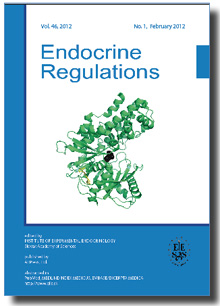Abstract: Objective. Serum uric acid concentrations in diabetics are well known to be significantly lower than those in non-diabetic subjects, due to increased its urinary clearance. Serum 1,5-anhydroglucitol concentrations are also specifically decreased in diabetics through the increased urinary excretion. To gain an insight into the idea that a common mechanism might be possible to work in reducing these serum substances, this study was conducted. Methods. A total of 121 type 2 diabetic patients, 76 males and 45 females, were studied. Multiple regression analysis was performed to determine the independent association between potential predictor variables (mean blood pressure, body mass index, fasting plasma glucose, glycosylated hemoglobin A1c, serum fructosamine, serum 1,5-anhydroglucitol, serum creatinine, serum total cholesterol, and serum triglycerides) and serum uric acid concentrations as the dependent variable. Results. In the male subjects, serum 1,5-anhydroglucitol, serum creatinine and body mass index were the variables independently related to serum uric acid concentrations. In the female subjects, serum 1,5-anhydroglucitol and serum creatinine were the variables independently related to serum uric acid concentrations. Conclusion. Considering the glucosuria-related urinary excretion of 1,5-anhydroglucitol, a close positive association between serum uric acid and 1,5-anhydroglucitol concentrations strongly supports the idea that the reduction in serum uric acid concentrations is mediated by urinary glucose excretion in diabetics.
|

